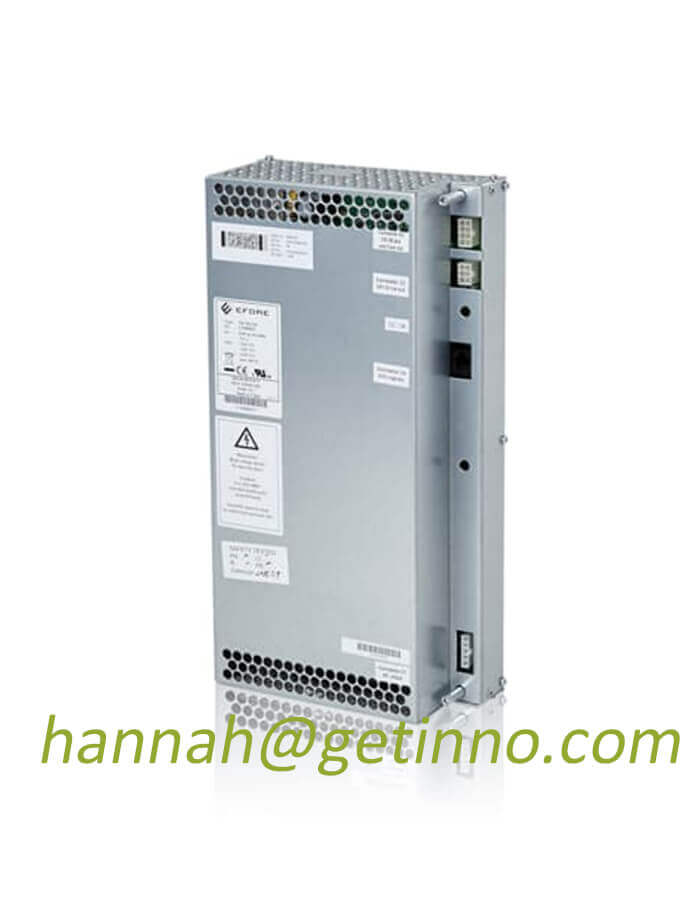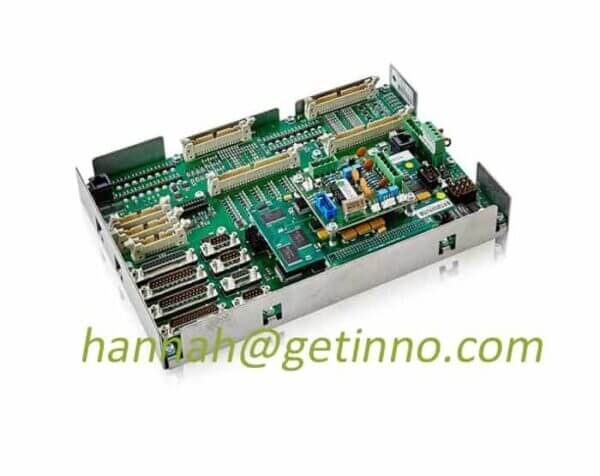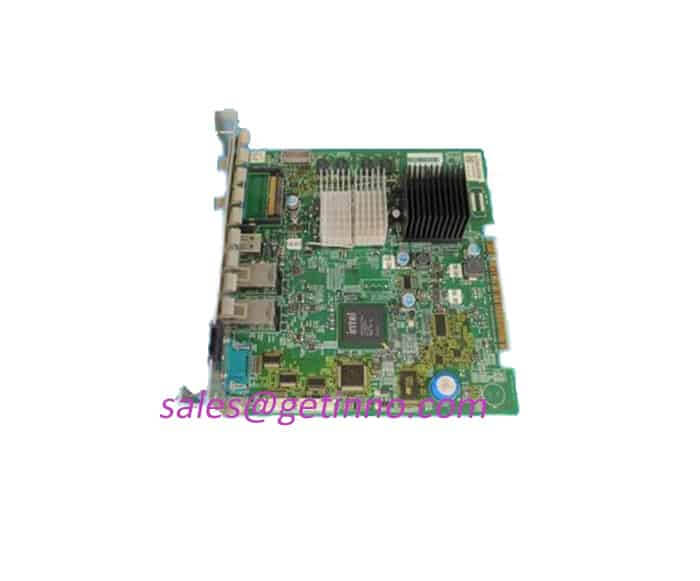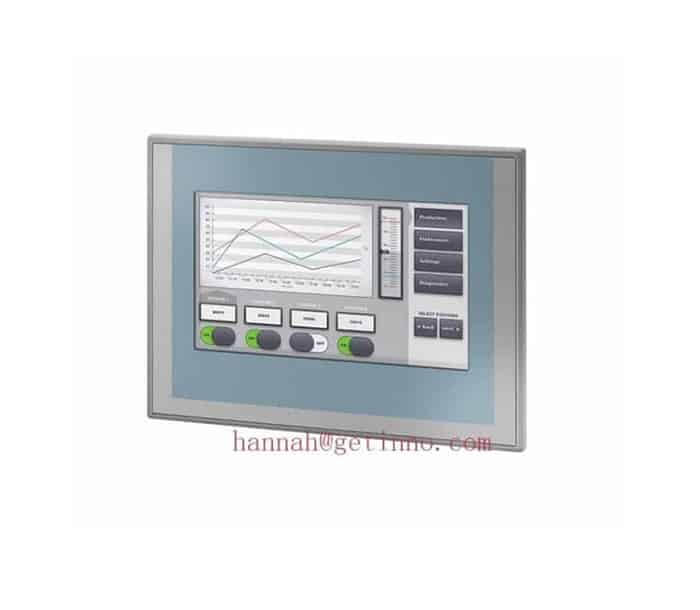Shenzhen mobile phone enterprise transformation service robot Huaqiangbei takes two steps?
AsiaIndustrial NetNews: Although the servicerobotThere is still a considerable distance from the explosion point of the market, but a large number of enterprises are eager to try.
Zhu Fugang, a Shenzhen-based business owner, likes to leave his company’s new humanoid robot, Koobo, at the center of his overcrowded desk.
“Cool treasure” has a round head and big eyes, cute and small. When describing how miniature to a friend, Zhu Fugang likes to compare the robot with his iPhone 6 mobile phone, and proudly said: “Look, it’s a little bigger than a mobile phone.”
“Kubao” is currently mainly used for companionship and education, mainly for students aged 6 to 18.
The number of Shenzhen service robot companies surged in 2016. Many business owners, like Zhu Fugang, who originally made mobile phones, have begun to transform and develop service Robots with the same technology. Because they are optimistic about this huge market space and strong support policies, many companies in other industries have set foot in it.
The annual output value of service robots has more than doubled
Robots can be divided into service robots andindustryTwo categories of robots. Among them, service robots refer to robots that provide various intelligent services for humans in homes or commercial places. At present, domestic service robot applications are mainly concentrated in the fields of cleaning, education, entertainment, medical care and security.
The market demand for service robots is growing continuously and strongly. A few days ago, a report released by Analysys International, an industry research organization, showed that the size of my country’s service robot market reached 7.29 billion yuan in 2016, an increase of 44.6% over 2015. It is predicted that the scale in 2019 is expected to be close to 15.2 billion yuan.
At the same time, more capital is targeting this market. According to the “2016 Shenzhen Robot Industry Development White Paper” (draft for comments) recently released by the Shenzhen Robot Association, the sub-sector of service robots has protruded in 2016, and the number of companies has surged. There are more than 139 service robot enterprises, accounting for 29.6% of the robot enterprises; the industrial output value is 22.3 billion yuan, accounting for 28.31% of the Robot Industry output value; the industrial added value is 8.2 billion yuan.
The first financial reporter reviewed the industrial development white paper released by the Shenzhen Robot Association last year and found that the industrial scale of Shenzhen service robot enterprises in 2015 was estimated to be about 9 billion yuan, accounting for about 14% of the total output value of robots. This means that in just one year, both the annual output value of local service robots and their proportion in the total value of the robot industry have more than doubled.
In addition, according to last year’s white paper, there were 138 service robot companies in Shenzhen in 2015. Compared with 2015, the number of service robot companies grew at a slower rate in 2016. However, the first financial reporter learned from the Shenzhen Robot Association that this is mainly because the data caliber in 2016 is more stringent.
Bi Yalei, secretary-general of Shenzhen Robot Association, told the First Financial Reporter: “It is an indisputable fact that the number of service robot companies surged last year. In fact, the number of companies is far more than this, but most of them have not formed a scale, so we did not accept it during our research.”
1 2 Next page > page
Mobile phone business transformation
Biarei said: “The surge in the number of service robot companies is due to many factors. In addition to the promotion of entrepreneurship and innovation and the ability of a large number of companies in Shenzhen to integrate electronic products with intelligent technology, many mobile phone design companies have also transformed into robot design. .”
Zhu Fugang, mentioned at the beginning of the article, is the head of Shenzhen Tedaxun Technology Co., Ltd. He was also one of the players who jumped into the service robot craze last year.
It has only been more than a year since the robot was developed, and the product is already in the stage of mass production. This speed is not unpleasant. The technical similarities between mobile phones and service robots provide them with a fast track. Zhu Fugang told the first financial reporter: “Some of the employees in the technical team are original, because the hardware of the two is the same, such as the mobile phone motherboard. In terms of software, we cooperate with Singapore.”
The first financial reporter learned from a number of industry insiders that the technology for developing mobile phones is not the same as industrial robots, but there are many similarities with service robots, and many places can learn from them. Therefore, if a mobile phone company transforms into a service robot, it is like a station on a convenient cornerstone. Of course, it is not that easy to do well, which requires a perfect combination of software and hardware.
However, Zhu Fugang is optimistic about the future market.He recalled a detail to reporters: last year they participated in aExhibitionAt that time, a young father saw their advertisement in the local media and drove more than 100 kilometers to the exhibition site. After buying 3 tickets for 150 yuan, a family of three went straight to their booth to visit the robot. “They wanted to buy them very much, but at that time our robots had not been mass-produced and could not be sold.” Zhu Fugang was both regretful and fortunate: they found a market space.
In fact, as early as 2012, their company has already begun to explore the path of transformation.
Now, between work, Zhu Fugang sometimes plays with “Kubao”, watching this “little guy” do push-ups, or come to “Golden Rooster Independence”, or perform “One Word Horse”, which makes him laugh laugh.
This is the first generation of their robot, and the next step is to launch a smaller robot that can fit in a pocket and can be used for business.
Companies from other industries are also flocking to
When Zhu Fugang was chatting with his friends, he found that many companies around him that used to make mobile phones have now transformed into service robots. “A lot. In fact, not only mobile phone companies, but also companies with similar technologies have transformed into service robots.”
Zhang Zhongyue, general manager of another Shenzhen company, also noticed it. He told the First Financial Reporter: “Some companies around me used to make tablet computers, but now they have also changed to service robots, because the two have many similarities in technology.”
Companies from other industries have also moved in. Take Zhang Zhongyue as an example, his company was originally a company that manufactures precision molds. In 2015, the company established a wholly-owned subsidiary Shenzhen Qianhai Yongyida Robot Co., Ltd. The service robots developed are mainly used in commercial services, such as welcome and business handling in banks and mobile business halls, as well as for some foreign companies. Large enterprises customize home robots for security monitoring.
Zhang Zhongyue said: “The technology of precision molds is not very similar to the technology of service robots, so we almost started from scratch. Most of the R&D personnel are not from the original technical team, but are imported from leading enterprises, and the investment is very large. , the current total investment has reached 100 million.”
Behind the influx of enterprises into the service robot industry is the “spring breeze” of a wave of policies. From a national level, according to the action plan of the heavyweight strategy “Made in China 2025”, China should vigorously promote the rapid development of robots in advantageous and strategic industries, including the application needs of service robots such as medical and health care, home services, education and entertainment.
In the first half of 2016, the Ministry of Industry and Information Technology, the National Development and Reform Commission, and the Ministry of Finance jointly issued the “Robot Industry Development Plan (2016-2020)”, proposing that by 2020, the annual sales revenue of my country’s service robots will exceed 30 billion Yuan and other goals. At the local level, the relevant person in charge of the Shenzhen Municipal Economic, Trade and Information Commission stated as early as 2014 that from 2014 to 2020, for seven consecutive years, Shenzhen’s finance will allocate 500 million yuan each year to set up city robots, Special funds for the development of wearable devices and smart equipment industries.
However, in the opinion of many industry insiders, the difficulty in further expanding the scale of the service robot industry lies in the development of big data and breakthroughs in artificial intelligence technology. Wu Zhipin is the general manager of the Qianhai Business Department of Shenzhen High-tech Investment and Financing Guarantee Co., Ltd., and has long been concerned about investment in the robotics industry.
He told the first financial reporter: “It is undeniable that there is a large influx of enterprises in the service robot industry at present, because the technical threshold of service robots in many application fields is not high. In addition, from the perspective of market application, many products Not mature enough, not close enough to end consumers, they need to be more competitive.”
Of course, higher-end service robots are not just “human-like”. Enterprises also need to polish technologies such as situational applications and sensor recognition. Wu Zhipin added: “If this industry wants to further expand its scale, it is inevitable to raise the threshold. However, once a company enters the field of robot application with a high threshold, the development space will be amazing.”
But Zhu Fugang is very happy that his company has “stepped on the spot”. Based on the current orders and development momentum, he expects that this year’s sales will reach 20,000 units, and the sales are estimated to reach 100 million yuan.
The Links: 3HAC036260-001 3HAC046686-001
Pre: Chinese robots occupy South Korea tha... Next: Xinshida sells Guangdong Zhongweixing...




